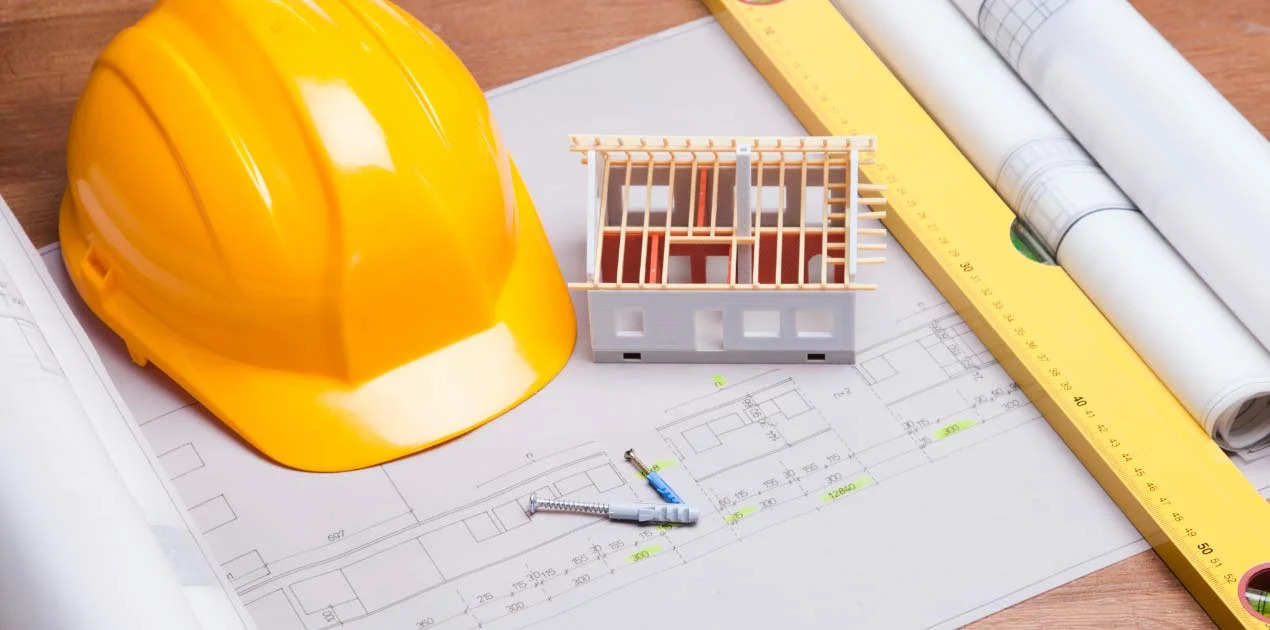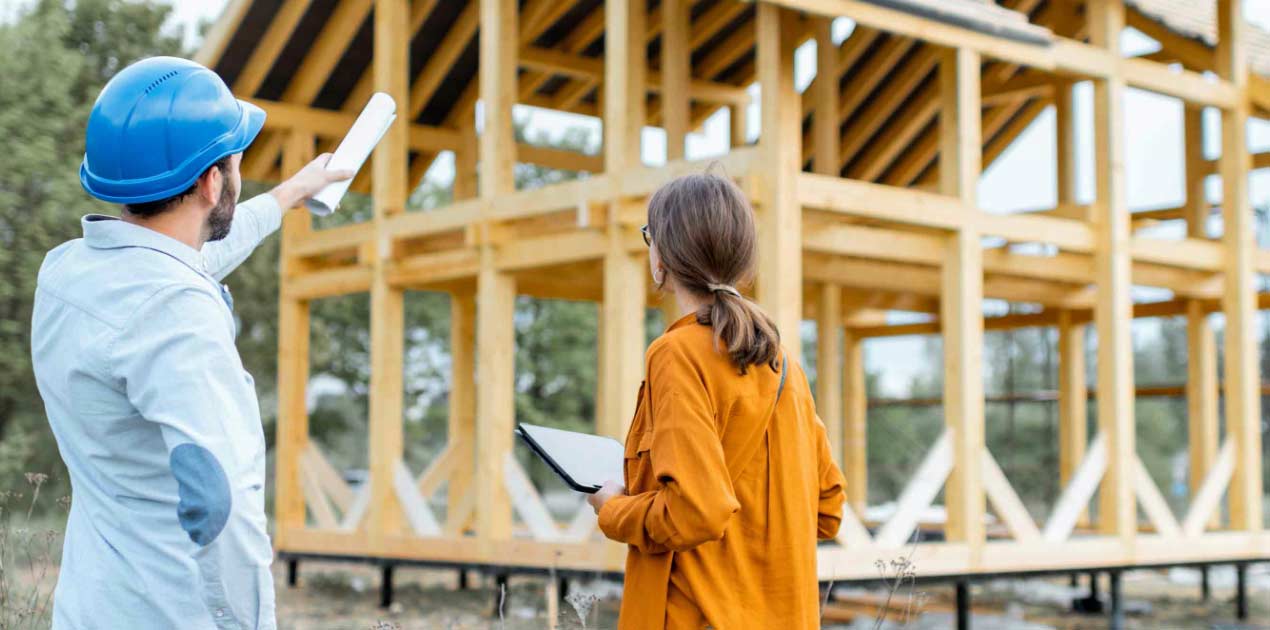Housing affordability has long been a topic of debate, but there’s a growing sense of hope as Australia takes steps to address this challenge.
While it’s true that housing prices have increased significantly faster than household incomes over the past two decades, the silver lining lies in the positive changes and efforts under way to create a brighter future for homebuyers, renters, and communities alike.

One remarkable and empowering trend over this period has been the increased participation of women in the workforce. The latest data shows that women’s workforce participation has risen from 54% in 2000 to an impressive 63% today, reflecting an economic shift that strengthens families’ ability to navigate housing markets.
With more dual-income households, families now have greater resources to contribute toward their housing goals, which is a testament to the progress toward equality in the workforce.
While housing affordability remains a challenge, the focus on solutions is stronger than ever. Supply and demand play a central role in the housing market, and there’s growing consensus among experts that increasing the supply of homes is key to making progress.
The Federal Government’s National Housing Accord is a promising initiative aiming to build 1.2 million homes between 2024 and 2029. Although this ambitious target is not without challenges, it represents a collaborative effort between governments, developers, and the community to address the root causes of housing scarcity and high property prices.

Building more homes where people want to live is a crucial part of the solution. Urban planning and development will need to focus on creating vibrant and accessible neighbourhoods that cater to the needs of diverse populations.
This includes prioritising developments such as apartment complexes and affordable housing options to meet the demands of a growing and dynamic population. The journey toward improved housing affordability will require patience, but small steps add up to meaningful progress.
Policymakers, developers, and communities are coming together to create strategies that promote sustainable housing growth. From easing restrictions on developments to supporting innovative housing projects, each effort contributes to the collective goal of making housing more accessible to all Australians.

Another key factor to consider is the evolving lifestyle and spending habits of homeowners. Many individuals are adjusting their budgets, prioritising housing over other discretionary purchases. This shift reflects the importance people place on securing a stable and comfortable place to call home.
While it’s clear that we still have work to do, there are many reasons to be optimistic about the future. The housing market is complex, but by embracing innovation, collaboration, and determination, we can make meaningful progress toward a more balanced and affordable market.
Ultimately, the dream of homeownership is one that resonates deeply with individuals and families across the country. With a collective effort and a focus on solutions, we can ensure that this dream remains within reach for generations to come.














